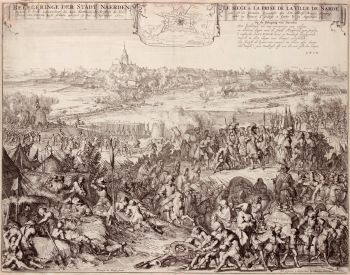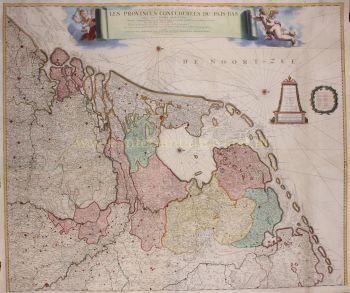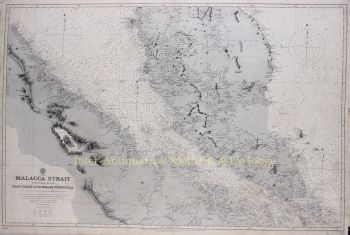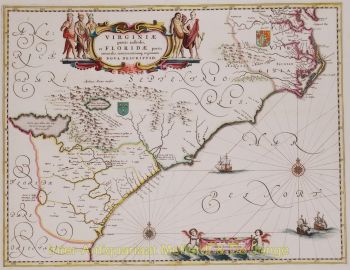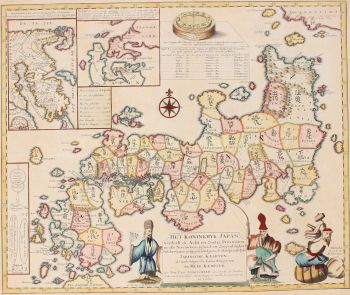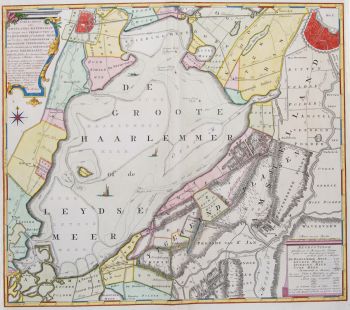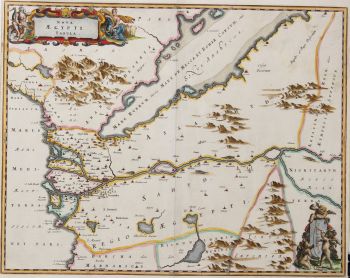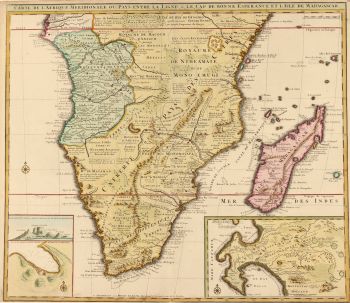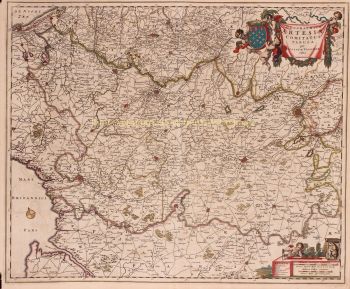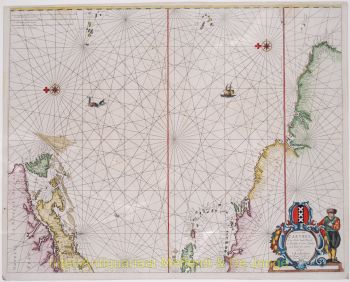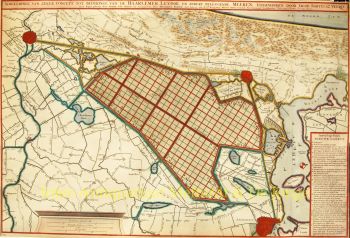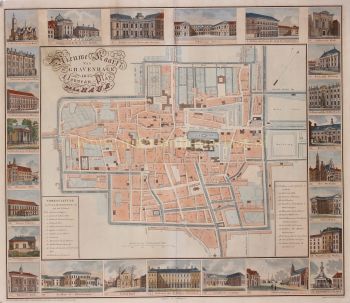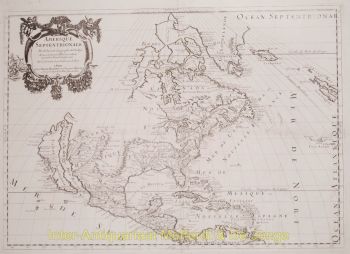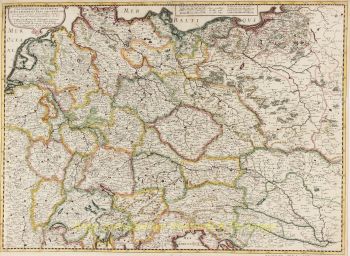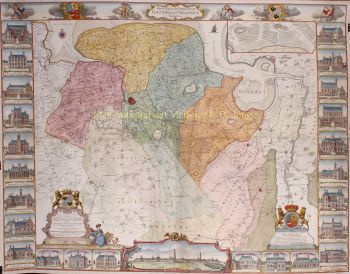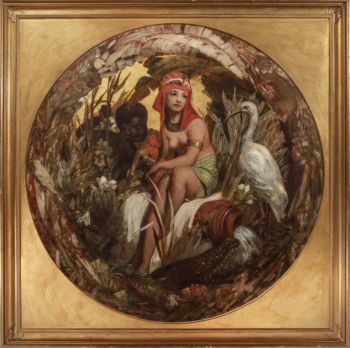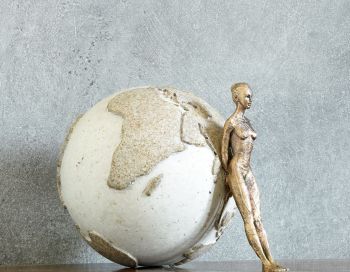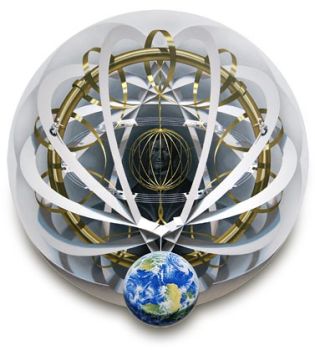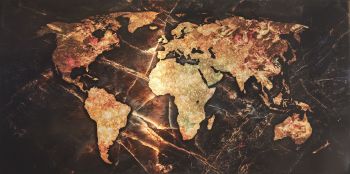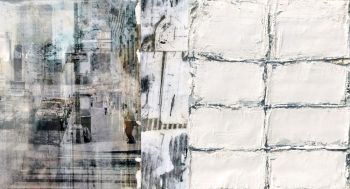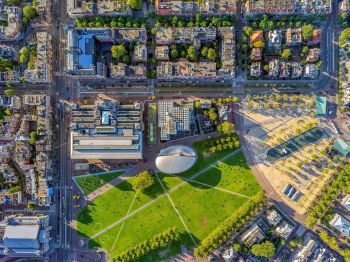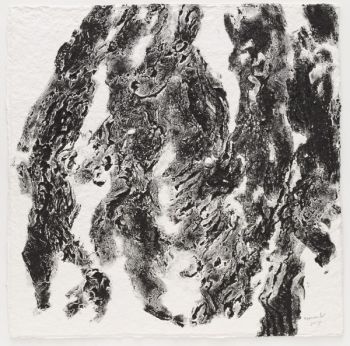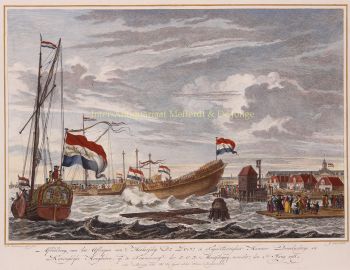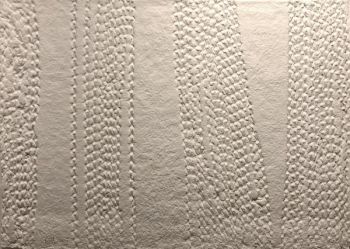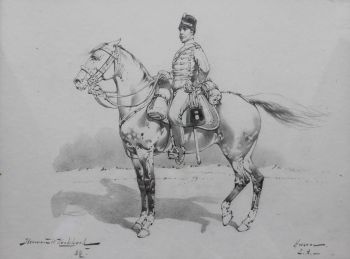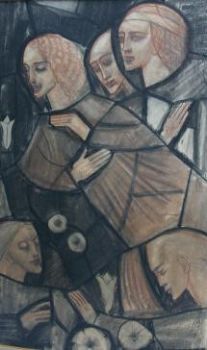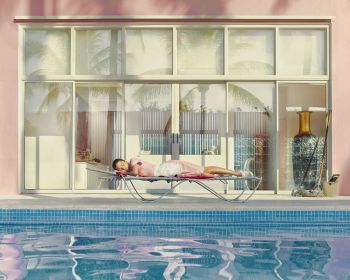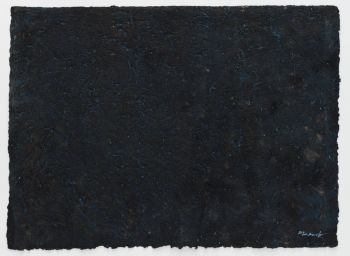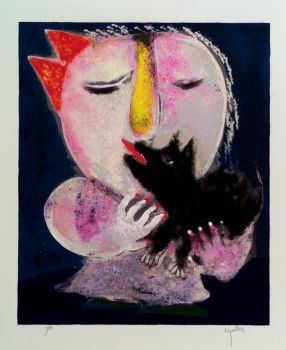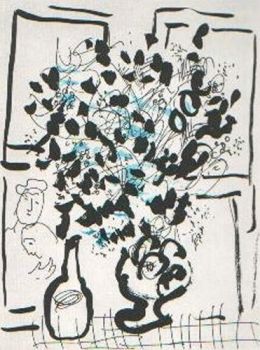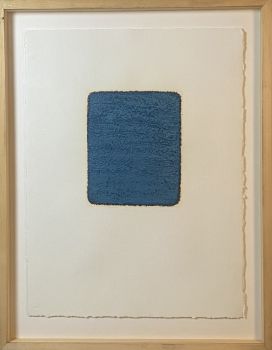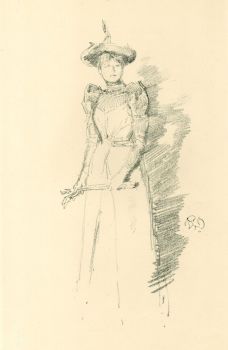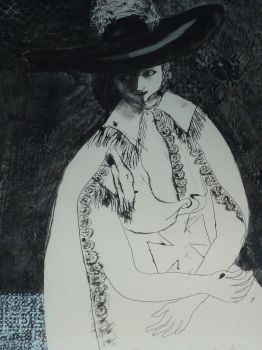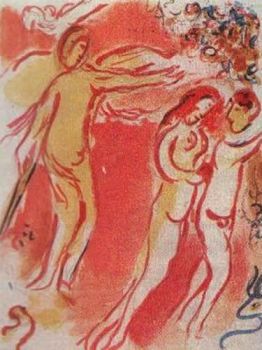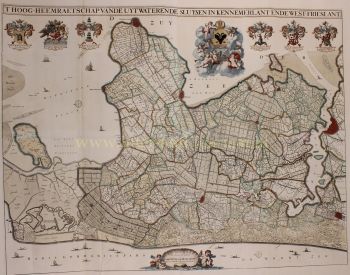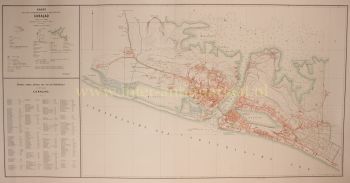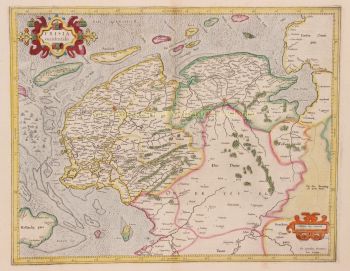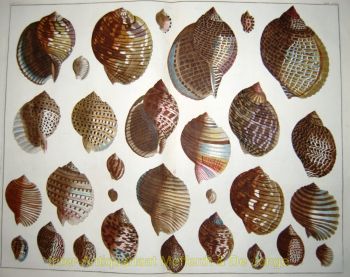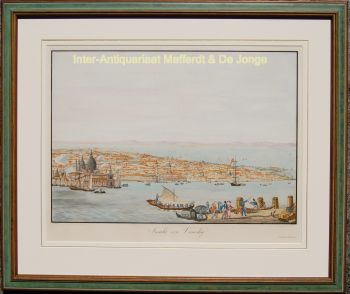Mapa del mundo 1700
Romeijn de Hooghe
PapelImpresión
48 ⨯ 55 cm
€ 7.500
Inter-Antiquariaat Mefferdt & De Jonge
- Sobre la obra de arteNovissima & exactissima totius orbis Terrarum Tabula Hand coloured copper engraving from the "Atlas Maritimus Ofte Zee Atlas"?. Published in Nuremberg by David Funcke c. 1700. Size: 48 x 55 cm. David Funcke was a Nuremberg publisher, who commissioned works from Johann Baptiste Homann. This attractive and ingenious map however, derives from a work by Romeyn de Hooghe "one of the most accomplished Dutch artists of the second half of the 17th century" that appeared in Frederick de Wit's Atlas. The marginal decoration in this work depicting the four elements of Classical philosophy portrays Fire as a military battle; Air as the heavens ruled by the Zodiac and serenaded by Apollo; Earth as a field being harvested and husbandry; and Water, a sea with Dutch ships and a sputing whale. There are Greek gods presiding from the sidelines of all these scenes: Zeus, Hera, Hades, Persephone, Demeter and Poseidon. The map has two large hemispheres and two smaller, polar hemispheres. There is an outline of an Antarctic continent, which De Wit had left blank. Reference: Shirley 616 (and 444), plate 327. Price: Euro 7.500,- (incl. frame)
- Sobre el artista
Romeyn de Hooghe (1645, Amsterdam - 1708, Haarlem) fue grabador, dibujante de grabados, pintor, escultor, orfebre, medallista, abogado, editor de mapas y autor de escritos históricos. En 1673 Romeyn se casó con Maria Lansman, la hija de un ministro. Vivían en Amsterdam en Reguliersgracht. Ilustró libros, por ejemplo Hieroglyphica of Merkbeelden der oude volkeren (1735), un conocido libro de emblemas y un libro de consulta de la mitología clásica y su iconografía. También ilustró libros de Constantijn Huygens y Hugo de Groot. En 1675 era dueño de una tienda de arte en Kalverstraat. En 1677 ilustró el viaje de Coenraad van Klenck a Moscú. Realizó muchos aguafuertes, entre otros los fuegos artificiales del Hofvijver en La Haya. Algunas personas desaprobaron una serie de grabados de De Hooghe, ya que mostraban temas vergonzosos. Por otro lado, fue estimado como un gran satírico gráfico. De Hooghe fue un propagandista de la política anti-francesa. Pintó grandes paneles para las habitaciones de la oficina del alcalde en Enkhuizen. En 1690 se mudó a Haarlem, donde comenzó a recibir lecciones de dibujo de patrones para niños en el Nieuwe Gracht 13.
¿Está interesado en comprar esta obra de arte?
Artwork details
Related artworks
- 1 - 3 / 3
Artista Desconocido
A large wall map of Asia by Nicolas de Fer 1647 - 1720
Precio a consultarZebregs & Röell - Fine Art - Antiques
1 - 4 / 24Eduard Charlemont
‘Allegories of Africa and America’1872
Precio a consultarZebregs & Röell - Fine Art - Antiques
Jean-François Rauzier
Oasis Hotel - Limited edition of 8 2017
Precio a consultarVilla del Arte Galleries
Cornelis Anthonisz Theunissen
MUY RARO PRIMER MAPA IMPRESO DE ÁMSTERDAM, UNA CIUDAD EN ASCENSO1544
€ 175.000Inter-Antiquariaat Mefferdt & De Jonge
 curada por
curada porDanny Bree
Eduard Charlemont
‘Allegories of Africa and America’1872
Precio a consultarZebregs & Röell - Fine Art - Antiques
1 - 4 / 17Marc Chagall
Adam et Eve Chasses du Paradis Terrestre1952 - 1980
Precio a consultarArthouse Marc Chagall
1 - 4 / 24- 1 - 4 / 12


